 This week we’ve seen Yom Kippur, Ramadan and a full moon. I’m in my 3rd day of a fall cleanse, the leaves are turning, the world is churning.
This week we’ve seen Yom Kippur, Ramadan and a full moon. I’m in my 3rd day of a fall cleanse, the leaves are turning, the world is churning.Sometimes I read wine blogs when I get home from work, and a lot of them are rehashing stories one hears on WineBusiness.com, the Wine Spectator, various newspapers and online news portals. So what? Don’t we have original thoughts anymore? Is this just Labor Day weekend at TNT with back-to-back "Law & Order" reruns ad infinitum? Are we like sheep?
Look, I don’t want to be someone who regurgitates information and feeds it back to you. You don’t need that. And this doesn't to be a place where you get slammed with 15 million other items, links or distractions. What are you here for? I’m not CNN or NBC. Or PBS.
Let me tell you, and this might be the cleanse talking. Things are slowing down when they should be gathering momentum. The grapes are in, the wine is being pressed, the warehouses are ready and waiting. So where are the wine drinkers?
Italian Insight Man called me today and told me about a report on CNBC or FOX (or both) about the disappearing middle class. Especially around the corners of the country, places like Los Angeles, Dallas, and so on. The good news was, there aren’t as many wealthy folks as earlier thought. The bad news was there weren’t as many middle class folks either. Translation: There are more poor folks. And those souls don’t give a hang about the harvest of 2006 in Cinqueterre.
There are good indications that folks are biting off more than they can chew, and extending their debt level and their carbon footprint beyond their one-ness. Living beyond their means. Super-sized appetites for things, for stuff, for future estate sale belongings. Jeesh.
Maybe it is time for a thing-fast. Take a month off from buying crap. And so, Italian Wine Guy, where does that leave you with your pathetic quest to turn everyone into an Italian wine drinker?
Well, let’s take one of my current rants, Chianti and the calamity that it has become. This will be a recurring theme in the coming year, for I plan to tackle Tuscany and get a grip on the geography, from Greve to Gaiole.
 OK, so we’re fasting, it’s fall, the moon is full, and I’m talking about fixing our obsession with the best money can buy (which most of us cannot afford) with an alternative. Small is beautiful, that kind of idea.
OK, so we’re fasting, it’s fall, the moon is full, and I’m talking about fixing our obsession with the best money can buy (which most of us cannot afford) with an alternative. Small is beautiful, that kind of idea.Conversing today with Serena Bonacossi about her family estate, Capezzana, which leads me to the wine for your fast life, the Capezzana Conti Contini Sangiovese. Say that five times fast!
Here’s an MW’s take: “Conti Contini Sangiovese provides a
Simple Sangiovese in a screwcap. Not for the investor class. For the poor day trader who got out of the market a month ago and needs a catch-up value. Take it to the bank. On your bike.

And I’m out of here…..

 Too much wine in the warehouses, more wine in the fields, made-up wine in some marketing office, and everyone’s looking to young adults as the key to growth?
Too much wine in the warehouses, more wine in the fields, made-up wine in some marketing office, and everyone’s looking to young adults as the key to growth?




 I’m a bit “triste” today, because something has been ripped out of my heart this month. In my work world we are entering the O-N-D ( October-November-December) period. Roughly 40% of wine sales will be made in that time period. So while we are all aflutter on the farm side, with harvest and the promise of a new and wonderful vintage, we are entering the zone “whereby all things are made possible.” A lot of expectations in a downtrending economic pattern. Unless you are the 1% of the population that isn’t being affected by it, who doesn’t even know it is happening. But I digress.
I’m a bit “triste” today, because something has been ripped out of my heart this month. In my work world we are entering the O-N-D ( October-November-December) period. Roughly 40% of wine sales will be made in that time period. So while we are all aflutter on the farm side, with harvest and the promise of a new and wonderful vintage, we are entering the zone “whereby all things are made possible.” A lot of expectations in a downtrending economic pattern. Unless you are the 1% of the population that isn’t being affected by it, who doesn’t even know it is happening. But I digress.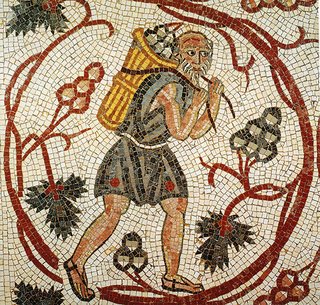




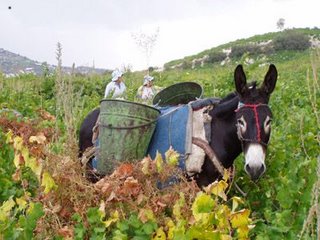

 It's curious how I am coming into contact with things like that and folks who are harvesting by the cycles of the moon and other folks who are looking hard at biodynamic, but when I go into the offices of the wine company, I see a plethora of “created wines”, wines made up with crazy labels and some unusual packaging. There is a gap between the makers and the marketers. Maybe we can sort this out in the next generation. One thing for sure, as long as folks are talking about wine, it will continue to evolve, On the Wine Trail in Italy....
It's curious how I am coming into contact with things like that and folks who are harvesting by the cycles of the moon and other folks who are looking hard at biodynamic, but when I go into the offices of the wine company, I see a plethora of “created wines”, wines made up with crazy labels and some unusual packaging. There is a gap between the makers and the marketers. Maybe we can sort this out in the next generation. One thing for sure, as long as folks are talking about wine, it will continue to evolve, On the Wine Trail in Italy....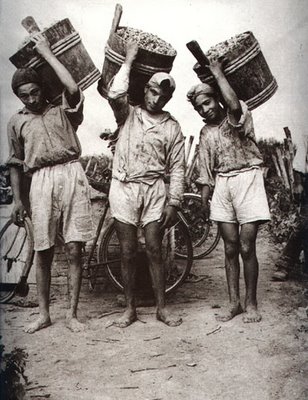





 Europe is in winemaking mode! Some places better than others, but the cycle continues. Rain in Tuscany and Piedmont.
Europe is in winemaking mode! Some places better than others, but the cycle continues. Rain in Tuscany and Piedmont.

 Wednesdays really seem to be a bit of a mixed bag lately. I don’t know, maybe it’s that lingering heat. Today it got up to 90F. Really tired of this.
Wednesdays really seem to be a bit of a mixed bag lately. I don’t know, maybe it’s that lingering heat. Today it got up to 90F. Really tired of this.

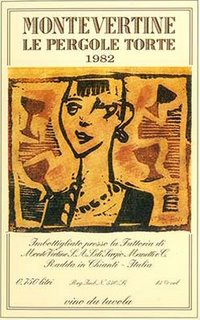
 My regrets for wines not tasted yet, I have a few. They are:
My regrets for wines not tasted yet, I have a few. They are: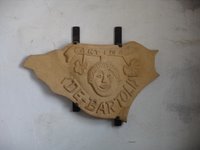
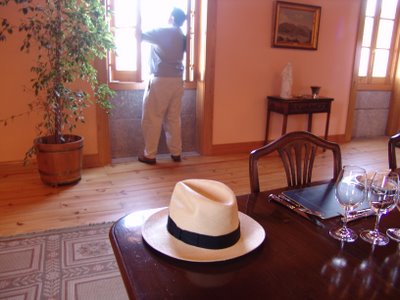






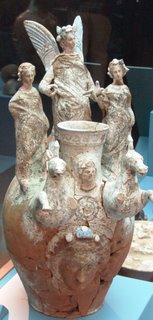


 At dinner with a meal at
At dinner with a meal at 
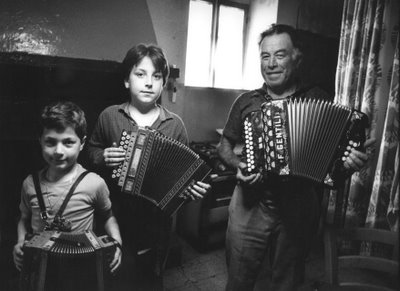 This week I have been immersed in Piedmont. Barolo, Castiglione Falletto, Serralunga, Cuneo, Barbaresco and on. Sorting out some information for the young sales force. This link between humans and the land that makes one wine taste one way and another, over on a hill 2 miles away, taste another way. The Italian wine trail ends today in the Langhe, but starts in the Marche.
This week I have been immersed in Piedmont. Barolo, Castiglione Falletto, Serralunga, Cuneo, Barbaresco and on. Sorting out some information for the young sales force. This link between humans and the land that makes one wine taste one way and another, over on a hill 2 miles away, taste another way. The Italian wine trail ends today in the Langhe, but starts in the Marche. There are other occurrences. Italy is rampant with them.
There are other occurrences. Italy is rampant with them.


